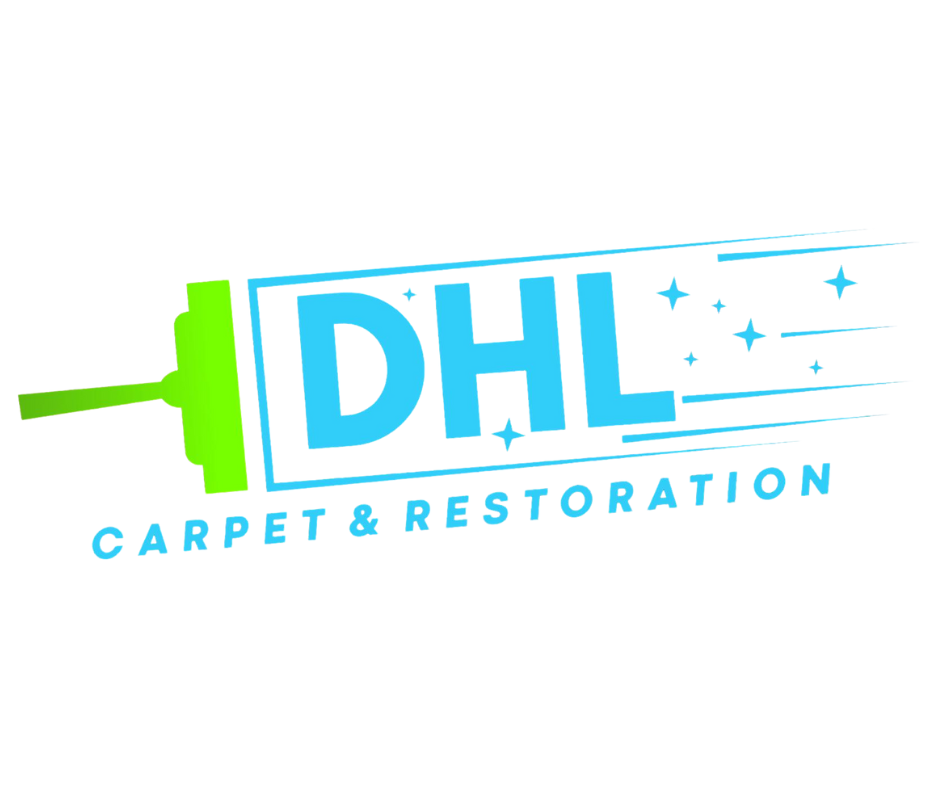Mold is more than an unsightly nuisance—it’s a persistent threat that can silently spread behind walls, beneath flooring, and throughout your indoor air. What makes mold particularly dangerous is that by the time it’s visible, spores have often multiplied in areas you can’t see. That’s why prevention isn’t just helpful—it’s critical. For a long-term solution, Mold Remediation combines preventative strategies with expert intervention to keep your home or business safe and healthy.
What Encourages Mold to Grow Indoors
Mold spores are naturally present in both indoor and outdoor air, but they become problematic when exposed to high humidity, moisture, and organic materials. Kitchens, basements, and bathrooms often provide these ideal conditions. Even something as small as a pipe leak or poor ventilation can lead to significant contamination if not addressed quickly.
Prevention starts by eliminating what mold needs most: moisture. Regularly inspecting plumbing, using exhaust fans, and maintaining indoor humidity levels below 60% can drastically reduce the chance of spore development. Dust, cellulose-based materials, and soft surfaces like carpet can also trap moisture, creating a perfect breeding ground for colonies to form. Addressing these environmental factors early is the most effective way to stop mold from spreading.
Why Prevention Alone Isn’t Always Enough
Despite your best efforts, mold can still take hold—especially after water damage or prolonged dampness. Once spores begin to colonize, they release allergens and particles that may compromise air quality and impact health, particularly in people with asthma or allergies. At this stage, surface-level cleaning will no longer be effective. Mold grows deep into porous materials and often hides where you least expect it.
This is where professional Mold Remediation becomes essential. Certified specialists don’t just remove what’s visible—they assess, contain, and treat the entire area. Using advanced equipment like HEPA air scrubbers and moisture meters, they locate hidden colonies and eliminate contamination at the source. More importantly, they address the underlying issues—such as leaks or ventilation problems—that allowed mold to thrive in the first place.
Creating a Healthier, Mold-Resistant Environment
Remediation is not just about cleaning; it’s about restoration and prevention. Once the mold is removed, the focus shifts to ensuring it doesn’t return. Improving insulation, sealing foundation gaps, and installing dehumidifiers can all contribute to a mold-resistant home or office. Ongoing maintenance, like checking for leaks and monitoring air moisture levels, helps maintain a safe environment long after remediation is complete.
The truth is, mold prevention and remediation go hand-in-hand. By understanding how mold behaves and investing in both proactive care and expert treatment, you can protect your property, improve indoor air quality, and avoid long-term damage. When you need a solution that goes beyond DIY fixes, trust in Mold Remediation to restore your space and defend it against future outbreaks.
Learn more about mold remediation:
Why Mold Spores Thrive Indoors and How Mold Remediation Can Halt Their Growth

